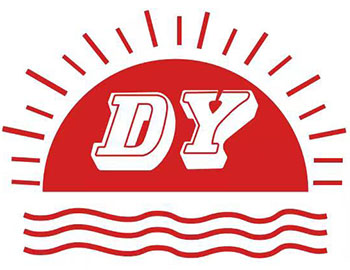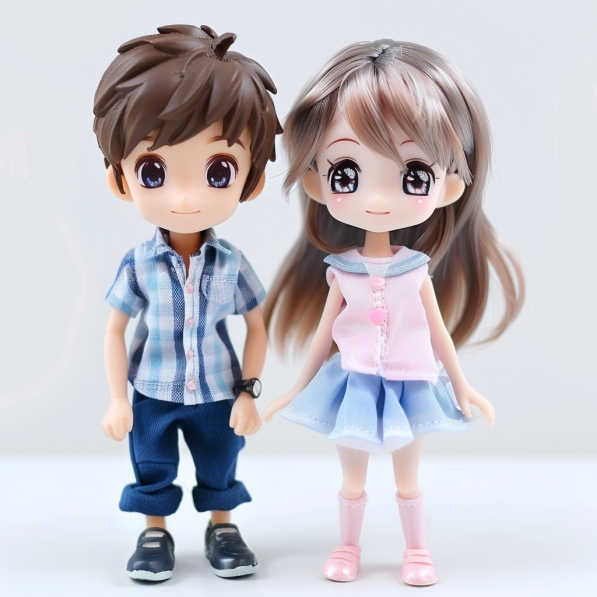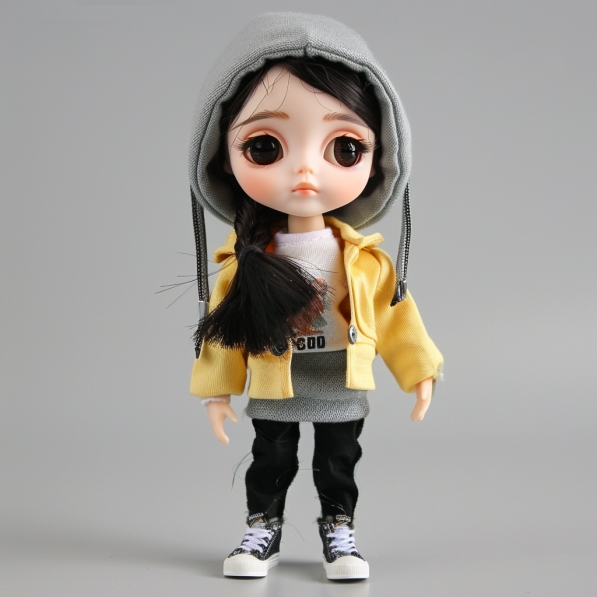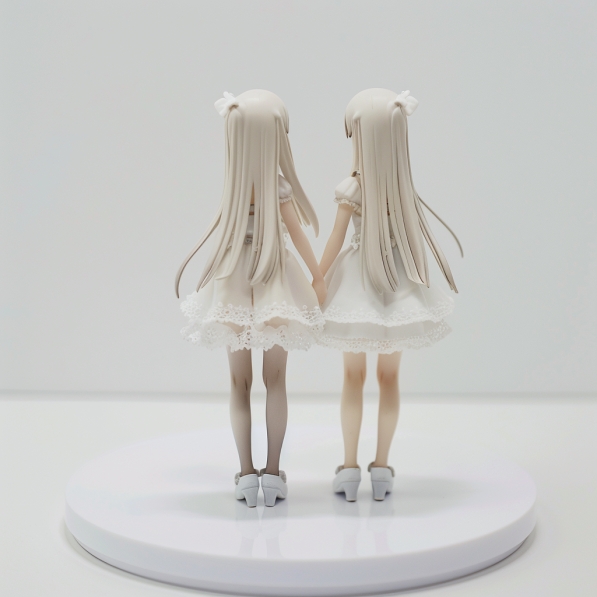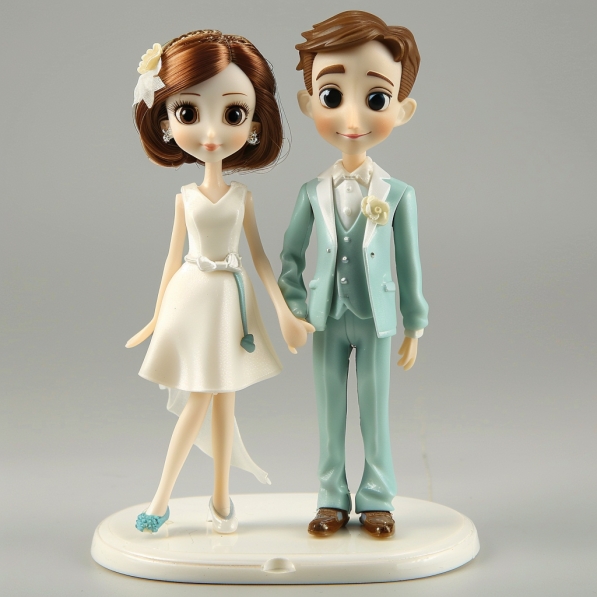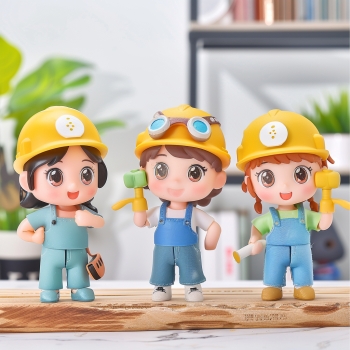The production of toys has also been linked to child labor, sweatshops and modern day slavery in China where over 70% of the world’s toys are made. Over time, there was a growing emphasis on toy safety. Regulations were put in place to ensure that plastic toys were non-toxic and met safety standards. The Toy Industry Is Changing: How To Make Plastic Toys
Chemical toys
Some baby bottles and nipples are made of plastics which contain chemicals that are known to disrupt the hormone system — including phthalates and bisphenol-A.
Toys made from 40% hormone disrupting material
Soft plastic toys may contain more than 40 percent phthalates by weight. Phthalates have been linked to a number of reproductive health effects, including reduced fertility, miscarriage, birth defects, abnormal sperm counts, and testicular damage, as well as to liver and kidney cancer.
There are several reasons why most manufacturers in the world have integrated injection molding as their primary toy manufacturing technique. Manufacturing toys with toy mold techniques has several benefits that other traditional methods don’t.
Injection molding involves immensely high-pressure techniques and thus creates considerable force when creating injection mold toys. This gives the toy extraordinary strength and makes them quite sturdy. PVC is commonly used in bath toys, action figures, and dolls. However, it’s important to note that some PVC toys may contain phthalates, which are considered harmful, so check for phthalate-free PVC toys.
Most of the plastic toys that you walk by in a toy store are created through a particular technique called injection molding. Injection molding essentially means filling hot and moldable plastic into specific molds to get a toy part in a desired shape and structure.
Custom Toy Manufacturing Process
A toy prototype is designed that can act as a reference to the factory toy workers. This is either a wax model or a plastic mold, and it gives engineers an idea about how the actual finished toy looks like and if they should make it with the same parts or different parts. Mainly, this prototype is sent to the production team, where it is fit in a mold and covered with plaster in such a way that when the prototype is removed, it leaves a cavity behind in the mold.
Then this cavity is again filled with a variety of molten minerals like aluminum and magnesium, which then cool down and break the plaster around them. The mold transforms into a metallic production mold which will soon be used to make actual plastic toys. When the mold is done, consisting of either two or more parts, it is used to make the perfect toys via the injection molding technique. It is mounted on top of an injection molding machine and is filled with plastic pellets.
Toys are a wonderful way to provide kids with fun learning opportunities, and plastic allows these toys to be made with high-quality materials that are safe for children. Each toy piece that comes out of the mold is checked for quality and integrity to ensure that everything is alright. In case a plastic toy turns out to be defective, it is sent back to the production line for recycling. Manufacturers make sure that a product and its plastic are not wasted at any cost. After the quality testing, these toys are then either sent directly to stores after packaging or sent further down a production line for additional techniques.
We work closely with our customers through every step of the manufacturing process, helping ensure your plastic toy product is made to the most accurate specifications.
